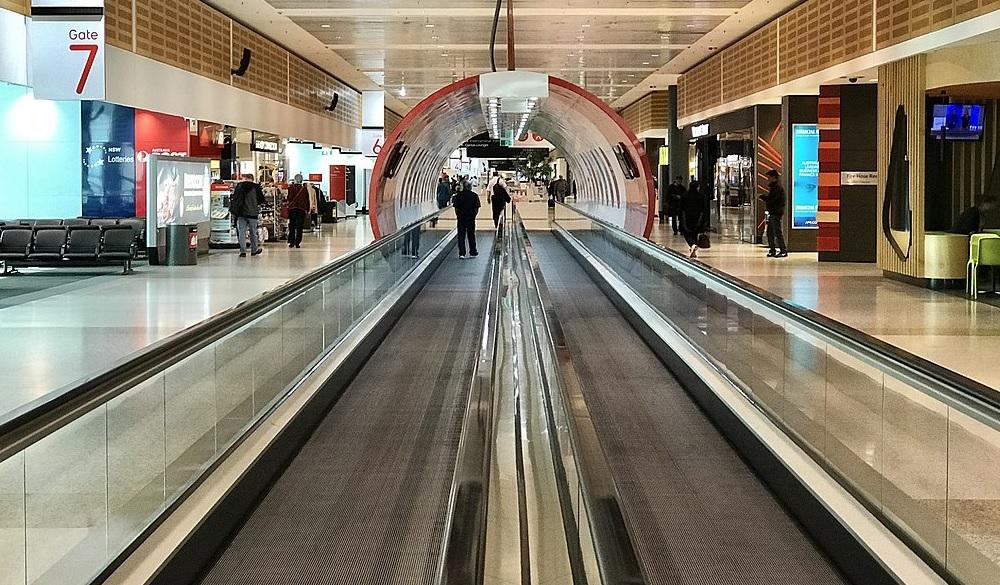
In May 2016, the Turnbull government announced plans to overhaul and automate Australia’s visa-processing system. The initiative involves creating a new digital platform using artificial intelligence and big data technologies.
The Department of Home Affairs, the lead agency overseeing the project, has described the change as the ‘most significant reform to the Australian immigration system in more than 30 years’. Few would disagree that Australia’s visa framework is in desperate need of reform and a technological makeover, but criticism of the government’s approach has gained momentum over recent months (see here, here and here).
It’s an ambitious idea, but Home Affairs’ decision to partner with the private sector to co-design, implement and operate the platform is generating controversy. The department’s private-sector partner will be responsible for the end-to-end processing of all simple and short-term visa applications. To meet this requirement, it will handle data collection and verification on behalf of the government, including health checks, application responses, and character assessments.
If that measure wasn’t contentious enough, the government has also opened the door for its partner to use the ‘global digital platform’ to offer non-visa and non-government services to create new revenue streams. Those revenue streams could include paid advertisements from businesses such as airlines and hotels on client-facing web pages.
Understandably, the initiative has drawn criticism regarding the ethics of visa-processing services being privatised, the potential threat to privacy, the overall costs and the effective undermining of the traditional role of public servants in adjudicating visa applicants.
So why can’t the government just build its own system? In July, Amelia Meurant-Tompkinson and I highlighted the challenges faced by Home Affairs in responding to technological innovation in an ASPI Special Report. Those who participated in our research consistently highlighted that the public sector never has enough resources to invest in all the worthy initiatives and innovations that it develops.
New and emerging information and communications technology is ensuring that technological disruptions continue to increase in frequency. Our research found that the current trajectory of technological developments was drastically reducing the life cycle of ICT investments—particularly when it comes to applications that rely on the underlying ICT infrastructure of servers, networks and storage. So traditional public-sector approaches to technological innovation projects require greater capital expenditure, more often.
The short lifetimes of government contracts and budgets hamper the development of consistent road maps for innovation when uncertainties persist. In recent years, agencies in the home affairs portfolio have initiated numerous innovation projects that have resulted in the development of various stand-alone data repositories and platforms. Those systems continue to have immense corporate and operational value.
Unfortunately, their maintenance and upgrade incur costs that are often, for the most part, unfunded as continuing budget line items. Hence, we often see today’s technological initiative become an unfunded legacy system, whose upkeep is made challenging by the Department of Finance’s rules on operational and capital expenditure.
In this context, privatising the visa system begins to make sense. Home Affairs can drastically reduce the upfront capital expenditure used for purchasing the next-generation visa-processing system. By doing so, it reduces many of the inherent project risks that so often plague large government technology projects. Home Affairs can also shift the risk of ongoing maintenance and operating costs to the provider.
It’s important to note that Home Affairs isn’t just handing over responsibility for visas. It will be outsourcing the platform and the end-to-end processing of visa applications. However, the department will still maintain strict control of the underlying risk algorithms that will be used to make decisions. In short, it will continue to maintain the integrity and security of Australia’s visa system.
Public servants in the Department of Home Affairs have always played a critical role in processing visa applications. These staff have immense experience in managing our national visa and migration risks.
The new system will remove the requirement for these valuable public servants to process low-risk applications and free them to focus their efforts on high-risk cases. There’s been no suggestion that public servants won’t continue to play a critical role in the processing of complex applications and long-stay visas.
Arguably, it would be wonderful if the government had the resources to purchase, maintain and upgrade its own systems. And it would be even better if every visa application could be assessed by a highly skilled Home Affairs official. However, neither of those approaches is practicable.
The new visa reform framework is an innovative 21st century approach to the border security challenge. It engages with the latest thinking in both technology and private–public partnership. That said, continued public discourse and analysis of each phase remains critical to the development of an effective and efficient visa framework. Transparency and accountability should be central tenets throughout the development of the new system.